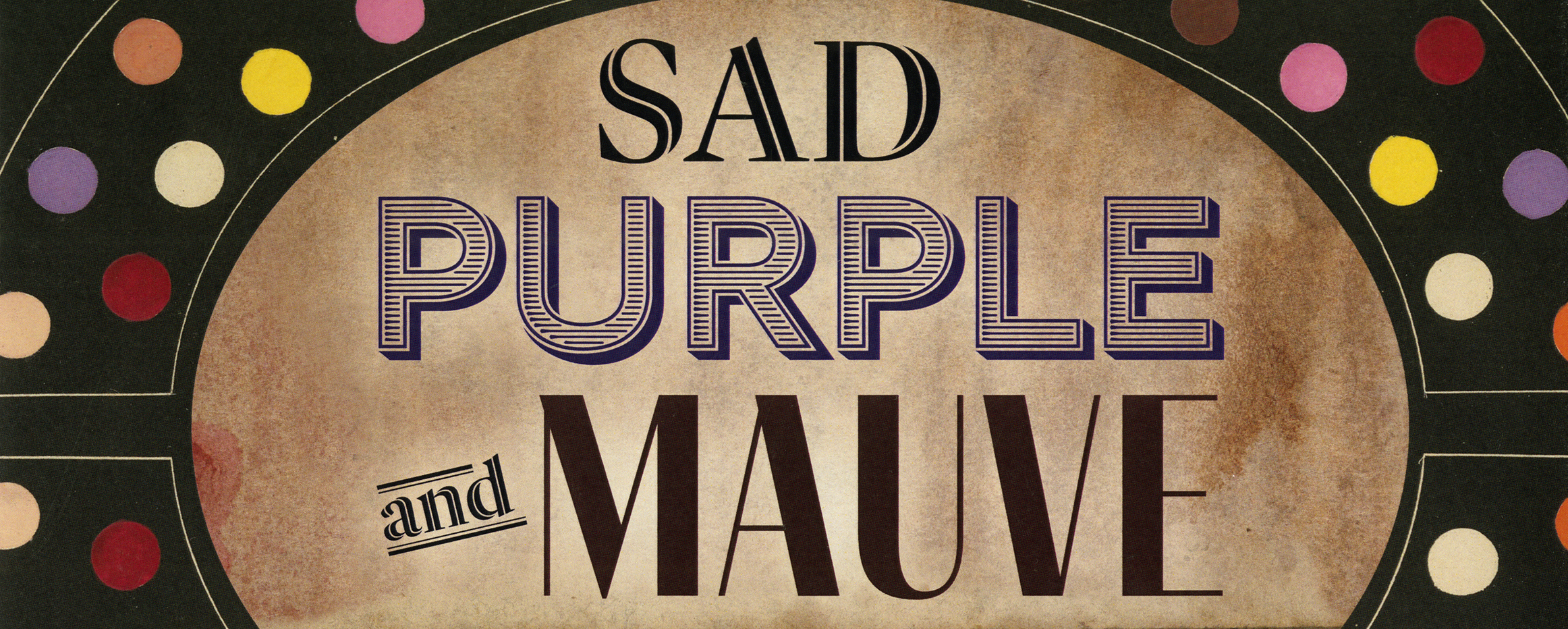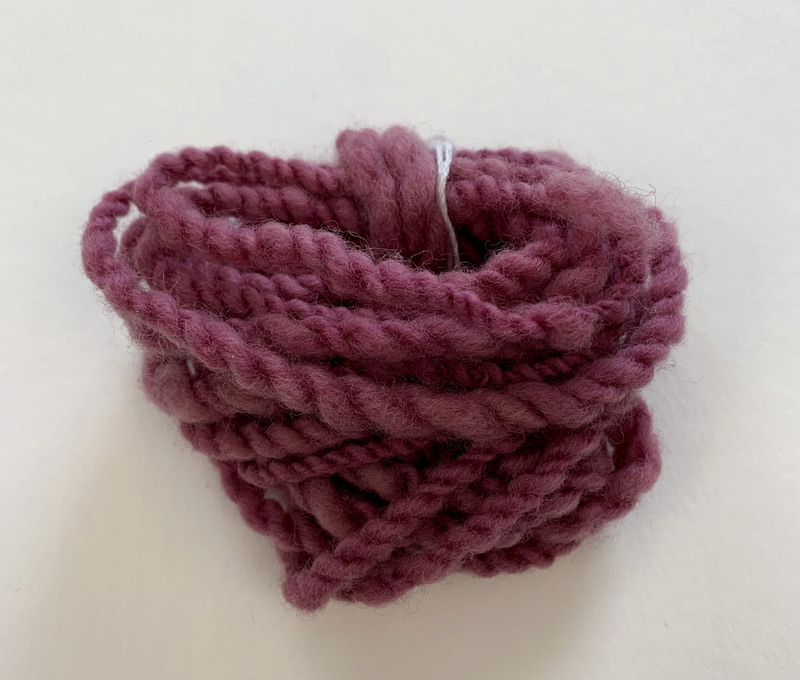Sad Purple
SAD PURPLE
In 17th-century English, "sad," at least when applied to color, meant deep or saturated. Christian Barclay’s recipe for sad purple would have produced a deep violet thanks to its chief ingredient of brazilwood—the South American tree from which the country of Brazil takes its name. In the 16th- and 17th-centuries, the Portuguese exported a huge portion of Brazil’s dye trees, depleting native forests. To make Barclay’s sad purple dye, the Center for Material/Virtual Studies team instead used sappanwood—a tree from Southeast Asia which is not endangered and supplies a dye molecule similar to that of brazilwood, though in less concentrated form.
Brazilwood must be scraped and ground into a coarse powder for it to function well as a dye. In Christian Barclay’s lifetime, much of the labor involved in scraping brazilwood was performed in forced-labor camps within European prison systems. Dutch "rasphuizen," for example, were a particularly brutal form of incarceration, as prisoners rasped dyewoods with heavy metal saws for many hours a day, risking infection and serious injury.
— Written by Sarah K. Rich (Art History, Center for Virtual/Material Studies)

